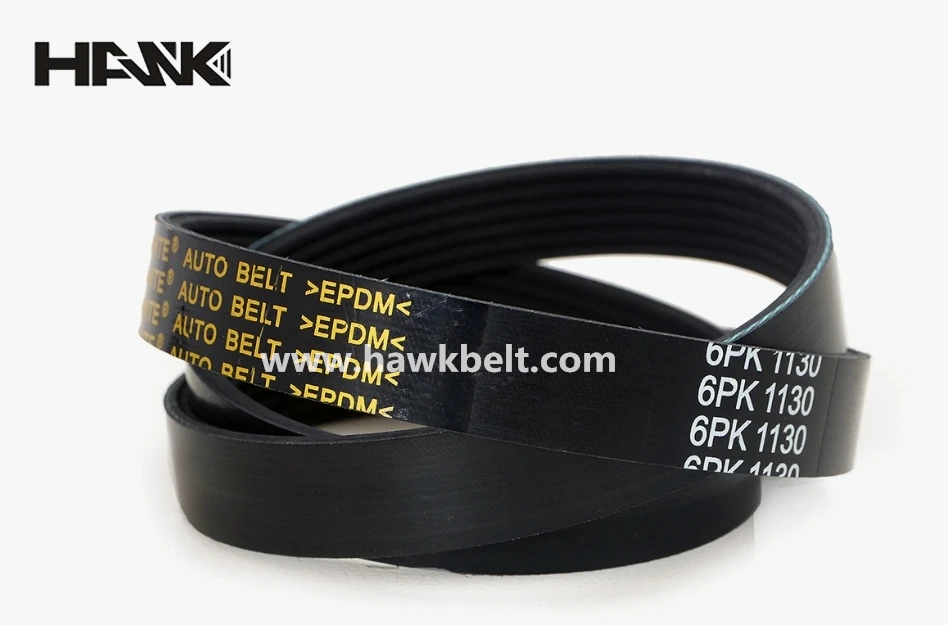- Arabic
- French
- Russian
- Spanish
- Portuguese
- Turkish
- Armenian
- English
- Albanian
- Amharic
- Azerbaijani
- Basque
- Belarusian
- Bengali
- Bosnian
- Bulgarian
- Catalan
- Cebuano
- Corsican
- Croatian
- Czech
- Danish
- Dutch
- Afrikaans
- Esperanto
- Estonian
- Finnish
- Frisian
- Galician
- Georgian
- German
- Greek
- Gujarati
- Haitian Creole
- hausa
- hawaiian
- Hebrew
- Hindi
- Miao
- Hungarian
- Icelandic
- igbo
- Indonesian
- irish
- Italian
- Japanese
- Javanese
- Kannada
- kazakh
- Khmer
- Rwandese
- Korean
- Kurdish
- Kyrgyz
- Lao
- Latin
- Latvian
- Lithuanian
- Luxembourgish
- Macedonian
- Malgashi
- Malay
- Malayalam
- Maltese
- Maori
- Marathi
- Mongolian
- Myanmar
- Nepali
- Norwegian
- Norwegian
- Occitan
- Pashto
- Persian
- Polish
- Punjabi
- Romanian
- Samoan
- Scottish Gaelic
- Serbian
- Sesotho
- Shona
- Sindhi
- Sinhala
- Slovak
- Slovenian
- Somali
- Sundanese
- Swahili
- Swedish
- Tagalog
- Tajik
- Tamil
- Tatar
- Telugu
- Thai
- Turkmen
- Ukrainian
- Urdu
- Uighur
- Uzbek
- Vietnamese
- Welsh
- Bantu
- Yiddish
- Yoruba
- Zulu
Dec . 14, 2024 04:28 Back to list
timing belt and timing chain
Timing Belt vs. Timing Chain Understanding the Essentials
In the realm of automotive engineering, timing belts and timing chains play a crucial but often misunderstood role in the operation of internal combustion engines. Both components are essential for synchronizing the engine's crankshaft and camshaft, ensuring that the engine's valves open and close at the correct times during each cycle. This synchronization is vital for optimal engine performance, fuel efficiency, and overall reliability. However, each system has its advantages and disadvantages. In this article, we will delve into the details of timing belts and timing chains, comparing their characteristics, benefits, and drawbacks.
Timing Belts
Timing belts are typically made from rubber and reinforced with fibers, such as nylon, to enhance their strength and durability. They are toothed on the inside, allowing for a secure grip on the crankshaft and camshaft gears. One of the primary advantages of timing belts is their relatively quiet operation compared to timing chains. Additionally, they are lightweight, contributing to overall engine efficiency.
Most manufacturers recommend replacing timing belts at regular intervals, generally between 60,000 to 100,000 miles. The reason for this scheduled replacement is that, over time, timing belts can wear down, dry out, or stretch, which can lead to a loss of synchronization. If a timing belt fails, it can cause catastrophic engine damage, including bent valves and damaged pistons.
Another critical aspect of timing belts is their cost-effectiveness. Replacing a timing belt is often less expensive than replacing a timing chain, primarily because the labor involved is easier. This makes vehicles with timing belts appealing to cost-conscious consumers.
Timing Chains
timing belt and timing chain

Timing chains, on the other hand, are typically made from metal and are designed to last longer than timing belts. They function similarly to a bicycle chain and are lubricated by the engine oil, which reduces wear and tear. One of the significant advantages of timing chains is their longevity. Many chains are designed to last for the life of the engine, often exceeding 100,000 miles without requiring replacement.
However, timing chains are not without their drawbacks. They can be noisier than belts, leading to a less smooth engine operation. Additionally, the complexity of the chain system can make repairs more labor-intensive and costly. In some cases, a failing timing chain can cause similar catastrophic damage as a failing timing belt, including engine misalignment and internal damage.
Key Differences
1. Material Timing belts are made of rubber, while timing chains are metal. 2. Lifespan Timing belts generally require replacement every 60,000 to 100,000 miles, while timing chains can last the engine's lifetime. 3. Cost Replacement of timing belts is usually less expensive than that of timing chains, both in parts and labor. 4. Noise Timing belts operate more quietly than timing chains, which can produce noise as they wear or if they stretch. 5. Maintenance Timing belts require regular replacement as part of routine maintenance, while timing chains typically do not need as frequent attention.
Conclusion
In summary, both timing belts and timing chains are integral to the proper functioning of an engine. Each has its unique characteristics, benefits, and drawbacks that make them suitable for different applications and driving needs. When purchasing a vehicle, it’s essential to consider the type of timing mechanism it uses, as it can affect maintenance costs and overall reliability.
For vehicle owners, understanding the differences between timing belts and timing chains can lead to informed decisions about maintenance and repairs. Choosing one over the other involves balancing cost, convenience, and the type of driving one does. Regular vehicle maintenance, including monitoring the condition of the timing belt or chain, can help ensure the longevity and performance of the engine. Ultimately, whether a car has a timing belt or chain, being proactive about maintenance can save drivers from costly repairs down the road.
-
Upgrade Power Steering Pump Belt for Smooth, Quiet Operation
NewsAug.27,2025
-
Precision Timing Belt & Chain: Engine Performance & Durability
NewsAug.26,2025
-
Precision Lathe Drive Belts: Durable & Reliable Performance
NewsAug.25,2025
-
84.5 Serpentine Belt: Durable & Precision Fit for Your Engine
NewsAug.24,2025
-
Premium Ribbed Drive Belts for Quiet Power Transmission
NewsAug.23,2025
-
High-Performance Vehicle Timing Belt for Engine Precision
NewsAug.22,2025

